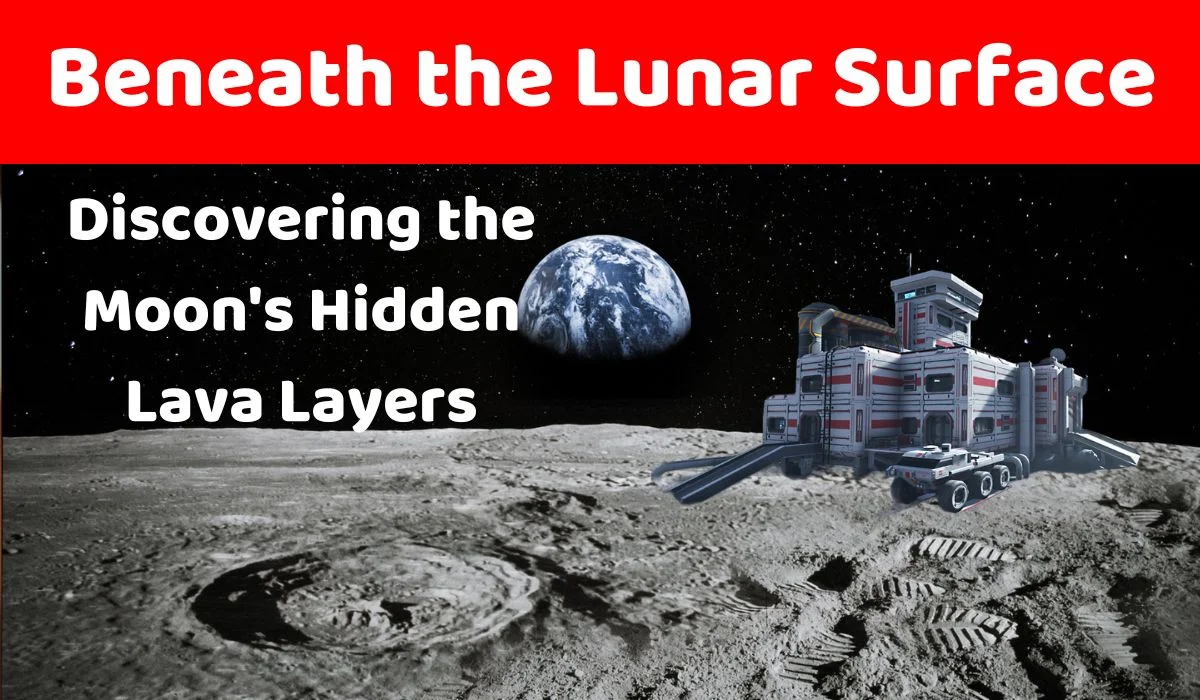Moon’s Hidden Lava Layers, NASA is offering a unique celestial gift – moon trees! Now, these aren’t trees that somehow sprouted on the moon’s surface, but rather, they originated from seeds that embarked on a journey around our lunar neighbor aboard the Orion spacecraft during the Artemis I mission in 2022.
This mission follows in the footsteps of an earlier lunar tree endeavor back in 1971 when Apollo 14’s Stuart Roosa, a former Forest Service smokejumper, took seeds to space. These seeds, upon returning to Earth, were lovingly nurtured by the Forest Service, giving rise to the first generation of what we now know as Earth’s “moon trees.”
But here’s the exciting part – schools and community groups across the United States can get in on this cosmic planting action! They can apply to receive seedlings from a variety of tree species, including sweetgums, giant sequoias, and Douglas-firs.
The ultimate goal of this initiative? To bridge the vast cosmic expanse between Earth and space, allowing those who may never leave our planet to feel a profound connection to the cosmos.
The moon tree seeds aren’t the only fascinating cargo that made its way aboard the Orion spacecraft in 2022. Pop culture mementos, like a zero-gravity Snoopy indicator and LEGO minifigures, also joined the celestial journey. If you’re affiliated with an educational or governmental institution, you can apply through NASA to be a part of this cosmic tree-planting adventure.
ISRO’s Lunar Discovery Unveils Moon’s Secrets
In an exciting development, the Indian Space Research Organization (ISRO) has made a groundbreaking discovery at the moon’s south pole using its Pragyaan moon rover. The rover identified a suite of elements, including sulfur, iron, calcium, manganese, oxygen, titanium, aluminum, chromium, and silicon.
One notable absence in this elemental mix is hydrogen, which has sparked intriguing questions about the presence of water ice in the region. Scientists are eagerly anticipating further investigations to confirm this possibility.
This achievement by Pragyaan marks the first-ever in-situ measurements of these elements at this lunar location. While the moon’s south pole was previously known for its substantial water ice deposits, this new data is reshaping our understanding of this region.
To identify these elements, the rover employed Laser-Induced Breakdown Spectroscopy (LIBS), a technique that involves subjecting rocks to intense heat to convert them into plasma for analysis. Beyond its elemental quest, Pragyaan is also exploring the lunar atmosphere to glean insights into potential seismic activities. The mission wasn’t without its challenges, including a close call when the rover narrowly avoided tumbling into a ten-foot crater, thanks to quick reactions from mission control.
This remarkable discovery comes after a previous lunar mission setback for India in 2019, showcasing a significant rebound in its space exploration capabilities. It arrives at a time when Russia, which hasn’t reached the moon in years, faces ongoing space program setbacks amidst geopolitical tensions.
As countries continue their quests to unveil the moon’s secrets, we find ourselves in an extraordinary era of space exploration, brimming with the potential for even more groundbreaking discoveries in the future.
Revealing the Moon’s Hidden History: Lunar Lava Layers
In a groundbreaking revelation, scientists have uncovered a previously hidden chapter of the moon’s history. Recent research suggests the presence of hardened lava layers lurking just 300 feet beneath the moon’s dusty, cratered surface, indicating a long history of volcanic activities.
While these findings are not yet definitively confirmed, they owe their discovery to the Chang’e-4 lunar rover’s low-frequency ground-penetrating radar. Led by astrophysicist Jianqing Feng from the Planetary Science Institute of Arizona, the rover has detected variations in subsurface materials, leading researchers to theorize that the moon experienced lava flows for a billion years longer than previously believed.
The patterns of these lava flows are particularly intriguing. The densest volcanic material found deep below the surface spans a much wider area compared to the shallower volcanic layers. This suggests a gradual reduction in volcanic activity over time. The most extensive layers measure about 230 feet across, whereas the shallowest ones span only five meters.
This tapering off of volcanic activity aligns with the moon’s diminishing internal thermal energy. Over time, volcanic eruptions would have become progressively smaller until they ceased altogether. Current data even points to three or four significant lava flow events in the Von Kármán crater alone.
However, Feng’s research has met some skepticism, primarily due to concerns about the reliability of low-frequency ground-penetrating radar. Past studies using similar technology have reported significant system noise, which prompts a careful examination of these new findings. More corroborative data is required before reaching a conclusive verdict on this fascinating lunar discovery.

